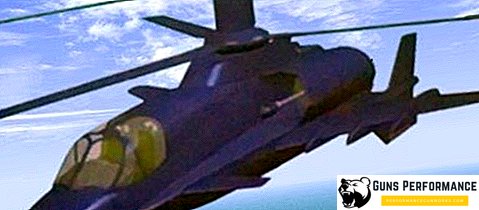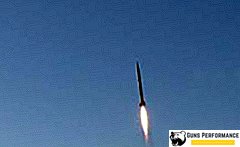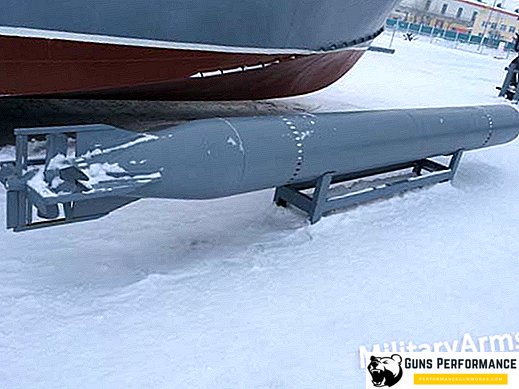Russian designers of helicopters are actively working to create for the armed forces of the Russian Federation a completely new rotor-wing machine, which has no analogue either in Russia or abroad.
The specialists of the leading design bureaus "Mil" and "Kamov" are well aware of the requirements that the new attack helicopter must meet and what characteristics it is necessary to put into it.

A promising high-speed helicopter complex of the Kamov design bureau is designed according to a coaxial rotor arrangement scheme established for this design bureau.
The design of the new machine is in many ways similar to the Ka-52 Alligator reconnaissance and attack helicopter already in the Russian armed forces. In addition to the coaxial scheme, the crew in the prospective car will consist of two people - a pilot and a navigator-operator. In the cockpit, as well as on the Ka-52, they will be located side by side with each other. On this, perhaps, the general ends.

The distinctive features include the location of airborne aviation weapons in the internal compartments, which significantly reduces the visibility of the aircraft when in the radar field of a potential enemy. Chassis in flight hiding behind closed doors. New blades are developed using the latest technology, which should lead to a significant reduction in noise.
However, the most significant difference from traditional Kamov machines is the presence of a trapezoidal wing integrated with the fuselage, located in the lower part of the helicopter body.
The estimated speed of the promising shock complex is about 700 km / h. At this speed, not a single helicopter in the world is currently flying.
It is expected that the development of the appearance of a new aircraft to create the first prototype will take about 5-7 years. Based on this, one can hope that the promising helicopter will begin to arrive in the troops already in the mid-2020s.












